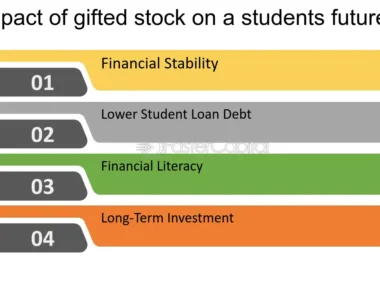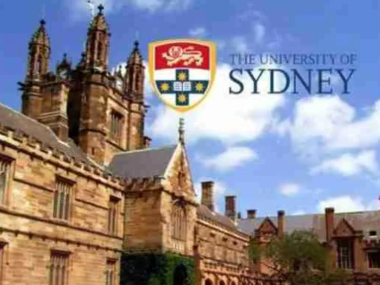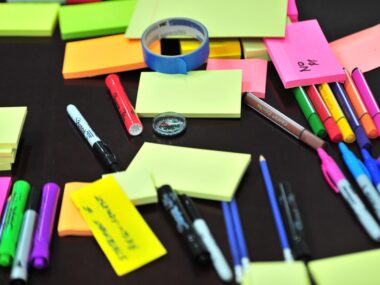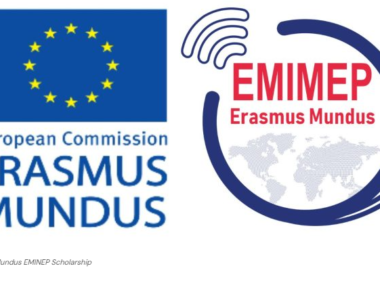The federal student loan forgiveness plan would have erased some of the student loan debt of over 40 million Americans, but the U.S. Supreme Court blocked implementation of the initiative in June 2023.12 Payments resumed in October 2023 following the COVID-19 payments pause. However, borrowers may be eligible for cancellation or lower payments through programs such as Saving on a Valuable Education (SAVE).
Employees of a U.S. federal, state, local, or tribal government or not-for-profit organization can apply for Public Service Loan Forgiveness (PSLF). The PSLF program forgives any outstanding balance on an eligible borrower’s direct loans after 120 qualifying monthly payments as part of a qualifying repayment plan, as long as they work full-time for a qualifying employer.
Only William D. Ford Federal Direct Loan Program loans are automatically eligible for PSLF. However, loans under the Federal Family Education Loan (FFEL) program or the former Perkins Loan Program are also eligible for PSLF if they are first consolidated into a direct consolidation loan. Borrowers found ineligible for loan forgiveness will be notified by the Department of Education.4
Borrowers unable to pay off their federal student loan debt within the typical 10-year time frame can apply for an income-driven repayment (IDR) plan. These plans establish an affordable monthly payment based on a borrower’s income and family size. IDR plans have repayment periods of 20 or 25 years, more than a Standard Repayment Plan of 10 years.
There are four types of IDR plans: Saving on a Valuable Education (SAVE), Pay as You Earn (PAYE), Income-Based Repayment (IBR), and Income-Contingent Repayment (ICR). These are also the repayment plans that can be used to make the 120 monthly payments required to qualify for PSLF.
The SAVE Program
The Saving on a Valuable Education, or SAVE, aims to extend debt relief to Americans struggling with federal student loan debt. Based on a borrower’s income, the program cuts monthly student loan payments in half or even to zero. SAVE also raises the amount of income protected from repayment, which means no borrower who makes less than 225% of the federal poverty level will be required to make payments.
For those with original loan amounts of $12,000 or less, the remaining balances will be forgiven after 120 payments. For higher loan balances, 12 additional payments are required for each $1,000 borrowed over $12,000. Payments will be capped at 20 years for undergraduate loans and 25 years for graduate loans.6
Teacher Loan Forgiveness
Borrowers who teach full-time for five complete and consecutive academic years in a low-income elementary school, secondary school, or educational service agency may be eligible for forgiveness on their direct or FFEL Program loans. Teachers must be considered “highly qualified,” hold a bachelor’s degree and full state certification, and have subsidized direct loans, unsubsidized direct loans, subsidized Stafford loans, or unsubsidized Stafford loans.
Eligible borrowers can receive a maximum forgiveness amount of $17,500 that applies only to secondary school mathematics and science teachers or highly qualified elementary or secondary-level special education teachers. All other highly qualified full-time elementary or secondary education teachers can receive loan forgiveness up to $5,000.7
Additional Resources
- Refinancing: Refinancing is a way to negotiate a loan’s interest rate and payment plan and can lower a borrower’s monthly payment.
- Other relief programs: Programs like PSLF, IDR plans, and teacher loan forgiveness can create an endpoint for those with significant debt.
- Deferment and forbearance: Deferment and forbearance can provide temporary relief. Deferment means a temporary pause in payments, while forbearance allows borrowers to pause or reduce payments for up to a year. Loan interest will continue to accrue during deferment or forbearance.89
What Is the Fresh Start Program?
The Fresh Start program can help borrowers who find themselves in default. The program applies to direct loans, FFEL, and Perkins loans held by the Education Department until September 2024. Borrowers must apply for the Fresh Start Program at myeddebt.ed.gov.10
What Happens When a Borrower Cannot Afford Student Loan Payments?
Borrowers should contact the loan provider, whether a private lender or the federal government. Either will likely consider modifying the loan, whether through lowering monthly payments or putting repayment on hold temporarily. If a student loan goes into default, the process of collections may begin. Wages, tax refunds, and certain government payment programs may be garnished to repay the debt, impacting the borrower’s credit score.1112
Can Student Loans Be Forgiven After 10 Years?
The Public Service Loan Forgiveness (PSLF) program offers loan forgiveness after 120 qualifying payments, but to be eligible, borrowers must work for a government agency or a nonprofit.4 Income-driven repayment (IDR) plans offer forgiveness after a set number of payments. However the payments usually last for 20 or 25 years.5
The Bottom Line
Several federal programs are designed to relieve the pressure of student debt. With the introduction of the SAVE plan, many more Americans will be eligible for debt relief and potential forgiveness. StudentAid.gov offers resources for those who need help finding the best payment plan or course of action to repay student loans.
Compete Risk Free with $100,000 in Virtual Cash
Put your trading skills to the test with our FREE Stock Simulator. Compete with thousands of Investopedia traders and trade your way to the top! Submit trades in a virtual environment before you start risking your own money. Practice trading strategies so that when you’re ready to enter the real market, you’ve had the practice you need.






